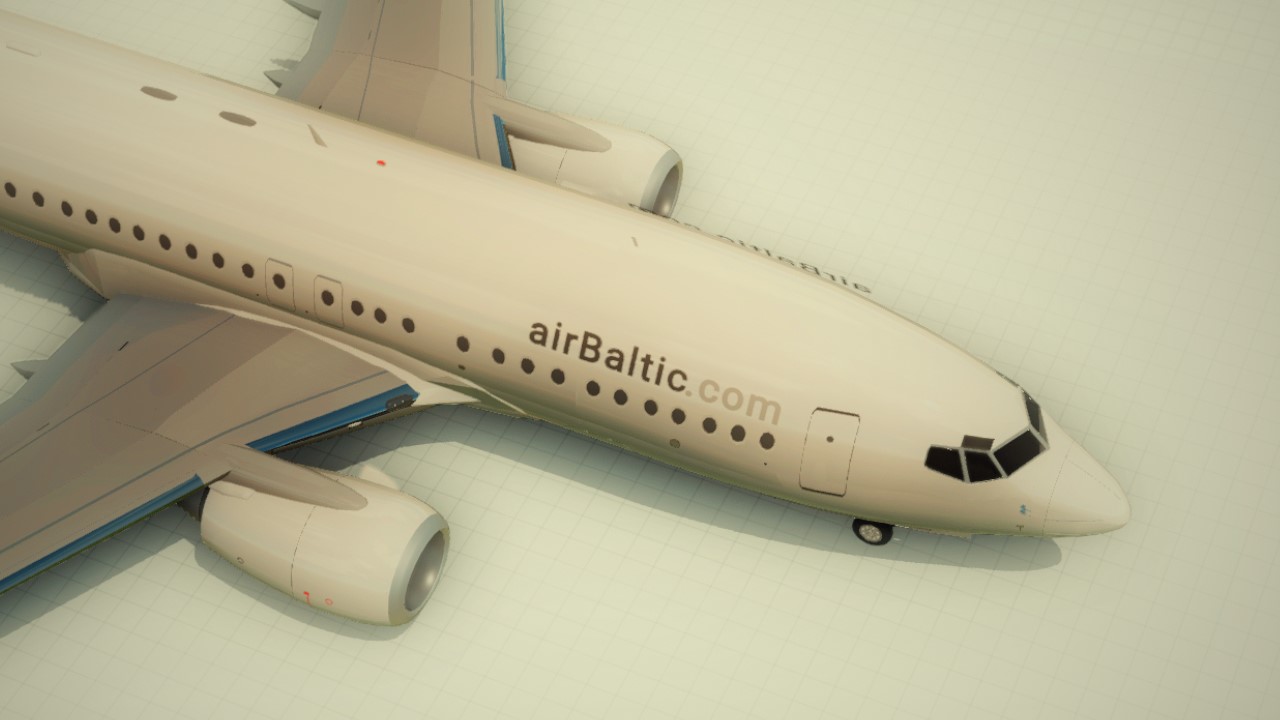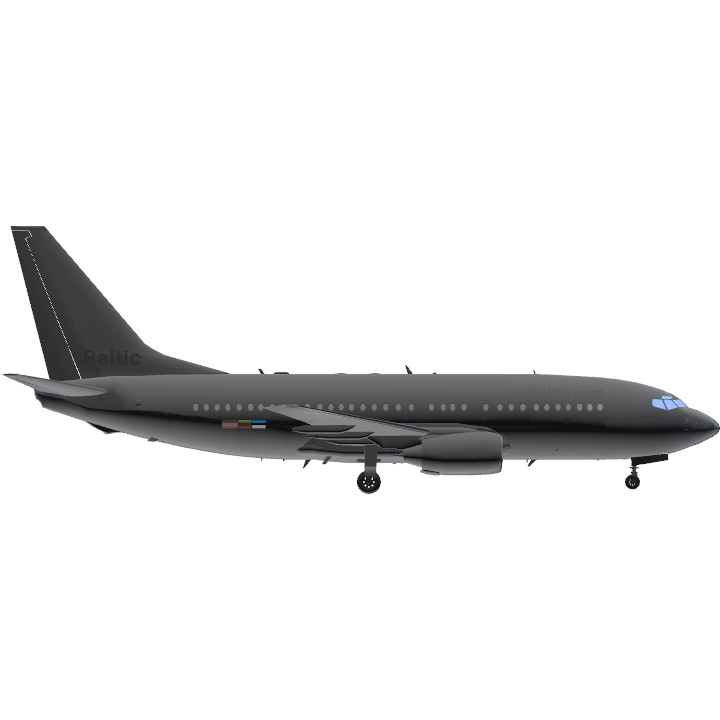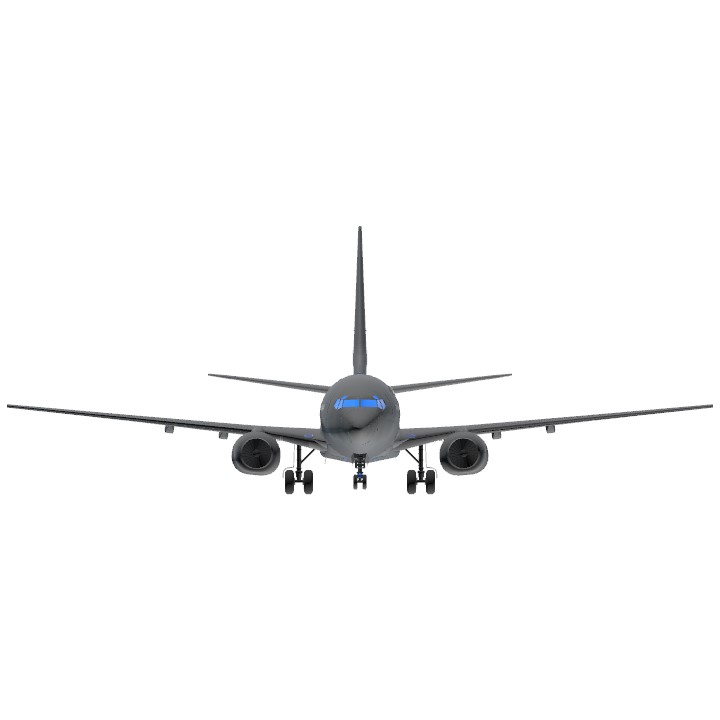WIKIPEDIA
About airBaltic


Baltic International Airlines (BIA) was a Latvian and US joint venture company owned by SIA Baltic International Airlines whose main airport was Riga International Airport . It was founded in June 1992, after the US-based private company Baltic International USA (BIUSA) failed to buy a part of the state-owned Latvian national airline Latavio. In the joint venture, the Latvian government owned 60%, while BIUSA owned 40% of the property. After unsuccessful privatization attempts, Latavio was declared insolvent from October 1995. It was liquidated and the Latvian government together with the Latvian-US joint stock company Baltic International Airlines created a new national airline airBaltic.
The airline was established as Air Baltic on 28 August 1995 with the signing of a joint venture between Scandinavian Airlines (SAS) and the Latvian state. Operations started on 1 October 1995 with the arrival of the first Air Baltic aircraft, a Saab 340, at Riga, and that afternoon, the plane made the first passenger flight for Air Baltic.[3]
In 1996, the airline's first Avro RJ70 was delivered; and Air Baltic joined the SAS frequent flier club as a partner. 1997 saw the opening of a cargo department and, in 1998, the airline's first Fokker 50 plane was delivered. The adopted livery was mainly white, with the name of the airline written in blue on the forward fuselage, the 'B' logo being heavily stylized in blue checks. The checker blue pattern was repeated on the aircraft tailfin.[citation needed]
In 1999, airBaltic became a joint stock company; it was previously a limited liability company.[4] All of their Saab 340s were replaced by Fokker 50s. By September, the airline had begun operating under the European Aviation Operating Standards, or JAR ops. Air Baltic welcomed the new millennium by introducing new uniforms [5] and opening a cargo centre at Riga's airport.[citation needed]
The first Boeing 737-500 joined the fleet in 2003, and on 1 June 2004, Air Baltic launched services from the Lithuanian capital, Vilnius, initially to five destinations. In October 2004, Air Baltic was rebranded as AirBaltic. Their present livery consists of an all-white fuselage and lime tailfin. AirBaltic.com is displayed on the forward upper fuselage, and the word "Baltic" is repeated in blue on the lower part of the tailfin. In December 2006, the first Boeing 737-300 joined the fleet and was configured with winglets. In July 2007, AirBaltic introduced an online check-in system.[6] It was the first online check-in system in the Baltic states. In the spring of 2008, two long-haul Boeing 757s joined the existing AirBaltic fleet. On 10 March 2008, it was announced that in the next three years the airline would acquire new aircraft, experiencing the largest fleet expansion in the company's history. The new additions will be next generation De Havilland Dash 8-400 aircraft.[citation needed]
AirBaltic had strong links with SAS, which owned 47.2% of the airline, and operated frequent flights to SAS hubs in Copenhagen, Oslo and Stockholm. Some of AirBaltic's products and services are still shared with SAS, including co-ordinated timetabling and shared airport lounges. AirBaltic is not a member of any airline alliance but does have codeshare agreements in place with several Star Alliance member airlines and others.
AirBaltic had secondary hubs at Vilnius Airport and Tallinn Airport.[7] The majority of the routes commenced from Tallinn were cancelled shortly after opening, leading to complaints from the Estonian Consumer Protection Department.[8]
In January 2009, SAS sold its entire stake in the company (47.2% of the airline) to Baltijas aviacijas sistemas Ltd (BAS) for 14 million lats. BAS was wholly owned by Bertolt Flick (President and CEO) until December 2010, when 50% of BAS shares were transferred to Taurus Asset Management Fund Limited, registered in the Bahamas.[9]
737-700
In November 1993, Southwest Airlines launched the Next-Generation program with an order for 63 737-700s and took delivery of the first one in December 1997.[1] It replaced the 737-300, typically seating 126 passengers in two classes to 149 in all-economy configuration, similar to the Airbus A319.
In long-range cruise, it burns 4,440 lb (2,010 kg) per hour at Mach 0.785 (450 kn; 834 km/h) and FL410, increasing to 4,620–4,752 lb (2,096–2,155 kg) at Mach 0.80 – Mach 0.82 (459–470 kn; 850–871 km/h).[46] As of July 2018, all -700 series on order, 1,128 -700, 120 -700 BBJ, 20 -700C, and 14 -700W aircraft, have been delivered.[3] By June 2018, around one thousand were in service: half of them with Southwest Airlines, followed by Westjet with 56 and United Airlines with 39. The value of a new -700 stayed around $35 million from 2008 to 2018. A 2003 aircraft was valued for $15.5 million in 2016 and $12 million in 2018 and will be scrapped for $6 million by 2023.[47][unreliable source?]
The 737-700C is a convertible version where the seats can be removed to carry cargo instead. There is a large door on the left side of the aircraft. The United States Navy was the launch customer for the 737-700C under the military designation C-40 Clipper.
CREDITS
@Necc95 for the 737-700
Specifications
Spotlights
- Brololxd 2.2 years ago
General Characteristics
- Predecessor -Boeing-737-700-
- Created On Windows
- Wingspan 204.0ft (62.2m)
- Length 207.3ft (63.2m)
- Height 77.2ft (23.5m)
- Empty Weight N/A
- Loaded Weight 114,914lbs (52,124kg)
Performance
- Power/Weight Ratio 3.52
- Wing Loading 24.1lbs/ft2 (117.8kg/m2)
- Wing Area 4,764.8ft2 (442.7m2)
- Drag Points 145063
Parts
- Number of Parts 1758
- Control Surfaces 5
- Performance Cost 7,060





Credits
@Necc95 for the Boeing 737-700
my laptop is still standing after running this